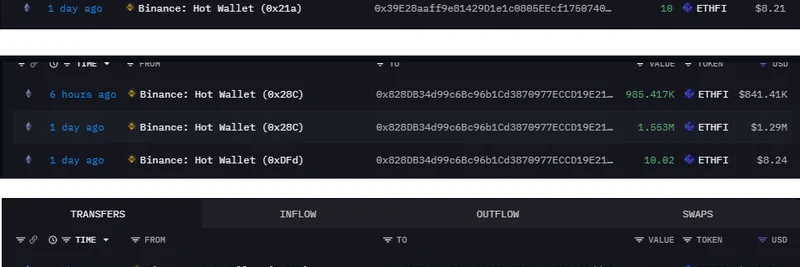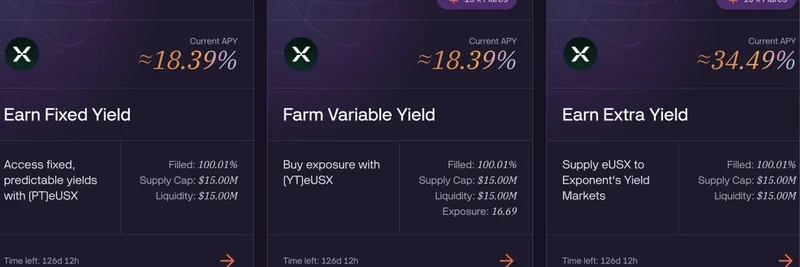Hey there, crypto enthusiasts! If you've been keeping an eye on the blockchain world, you might have caught wind of Kaspa's ($KAS) incredible performance lately. A recent tweet from BSCNews highlighted what they're calling Kaspa's strongest month yet, and for good reason. Let's dive into the details from their in-depth breakdown, making sense of why this Proof-of-Work (PoW) powerhouse is turning heads.
First off, Kaspa's network nodes have been on a tear. Nodes are essentially the backbone of any blockchain—they verify transactions, store the ledger, and keep things decentralized. In late October 2025, the count of active nodes jumped to 443 on October 27, up from the 300s just the week before. The community is gunning for 1,000 public nodes by Kaspa's fourth anniversary on November 7, 2025. This growth isn't just numbers; it means better resilience against failures and a more spread-out network, though there's still room to expand into more regions globally.
But the real showstopper? Transactions. On October 5, 2025, Kaspa handled over 158 million transactions in a single day—that's almost as many as Bitcoin processed in all of last year! We're talking about a blistering 5,700+ transactions per second (TPS), the highest for any active PoW chain. For context, that's way ahead of peers like Dogecoin (around 75,000 transactions) or Ethereum Classic (about 24,000) on the same day. And get this: fees stayed under $0.001 per transfer, making it super affordable.
What makes Kaspa tick so fast? It's all thanks to its blockDAG architecture—think Directed Acyclic Graph, which lets multiple blocks be created and confirmed at the same time, unlike the straight-line setup in Bitcoin. Paired with the GHOSTDAG consensus protocol, it allows for 10 blocks per second and one-second confirmations. Transactions finalize in seconds through topological sorting, which is a fancy way of saying the system organizes blocks efficiently without bottlenecks.
Kaspa didn't stop at raw speed. October saw the launch of Kasia, a decentralized messaging app built right on Kaspa's Layer 1. Available on Google Play since October 12, 2025, Kasia turns blockchain transactions into encrypted P2P messages. No central servers, no data snooping—just pure privacy. Sending a message costs a tiny 0.00001791 KAS on average, so with 10 KAS (about $0.74), you could fire off over 500,000 chats. It starts with a 0.2 KAS handshake (refundable if accepted), and it's all open without needing sign-ups or KYC. Keep in mind, it's beta and unaudited, so tread carefully.
Then there's Kaspa File Storage, another community gem. This lets you upload and retrieve encrypted files directly on the blockchain—no middlemen. Uploads cost just the miner's fee, downloads are free, and you can monitor everything in real-time. Again, it's open-source but unaudited, so use small wallet amounts.
Looking ahead, Kaspa's pushing for that 1,000-node milestone and continuing to build on its tech edge. With upgrades like Crescendo earlier this year ramping up block rates, Kaspa's proving PoW can scale without sacrificing decentralization or security. If you're into crypto, $KAS is one to watch—it's not just hype; it's delivering real utility.
For the full scoop, check out the original article on BSC News. What's your take on Kaspa's rise? Drop your thoughts below!


